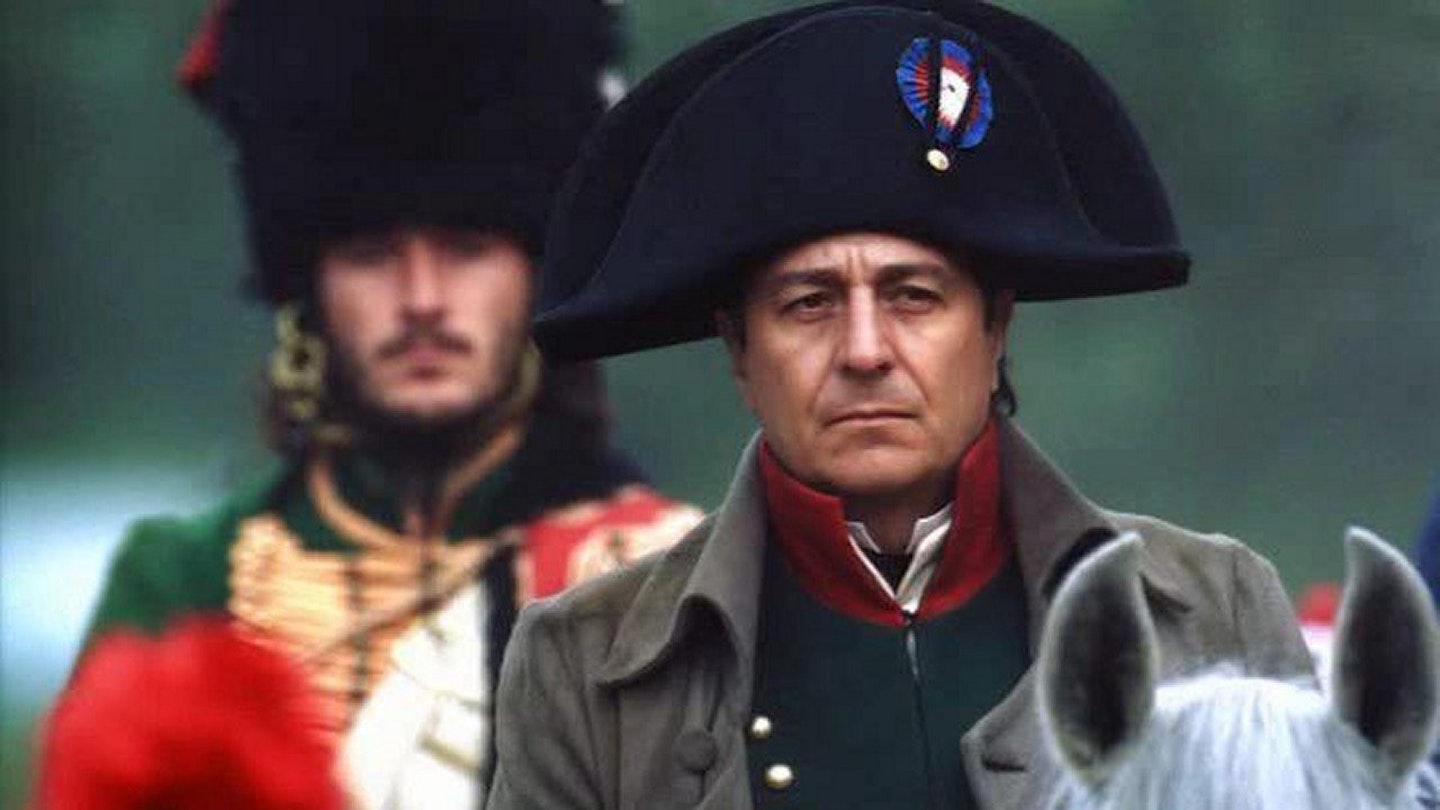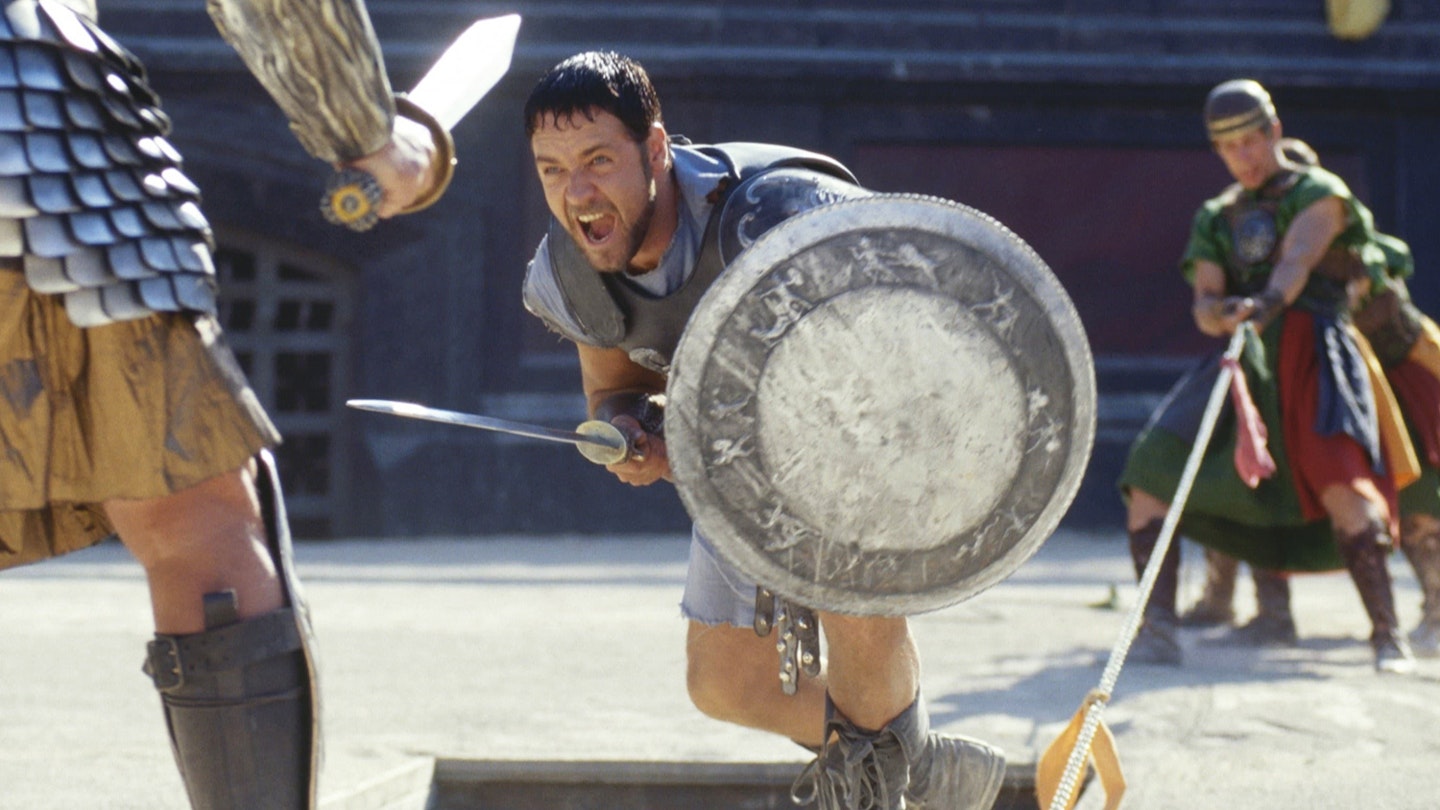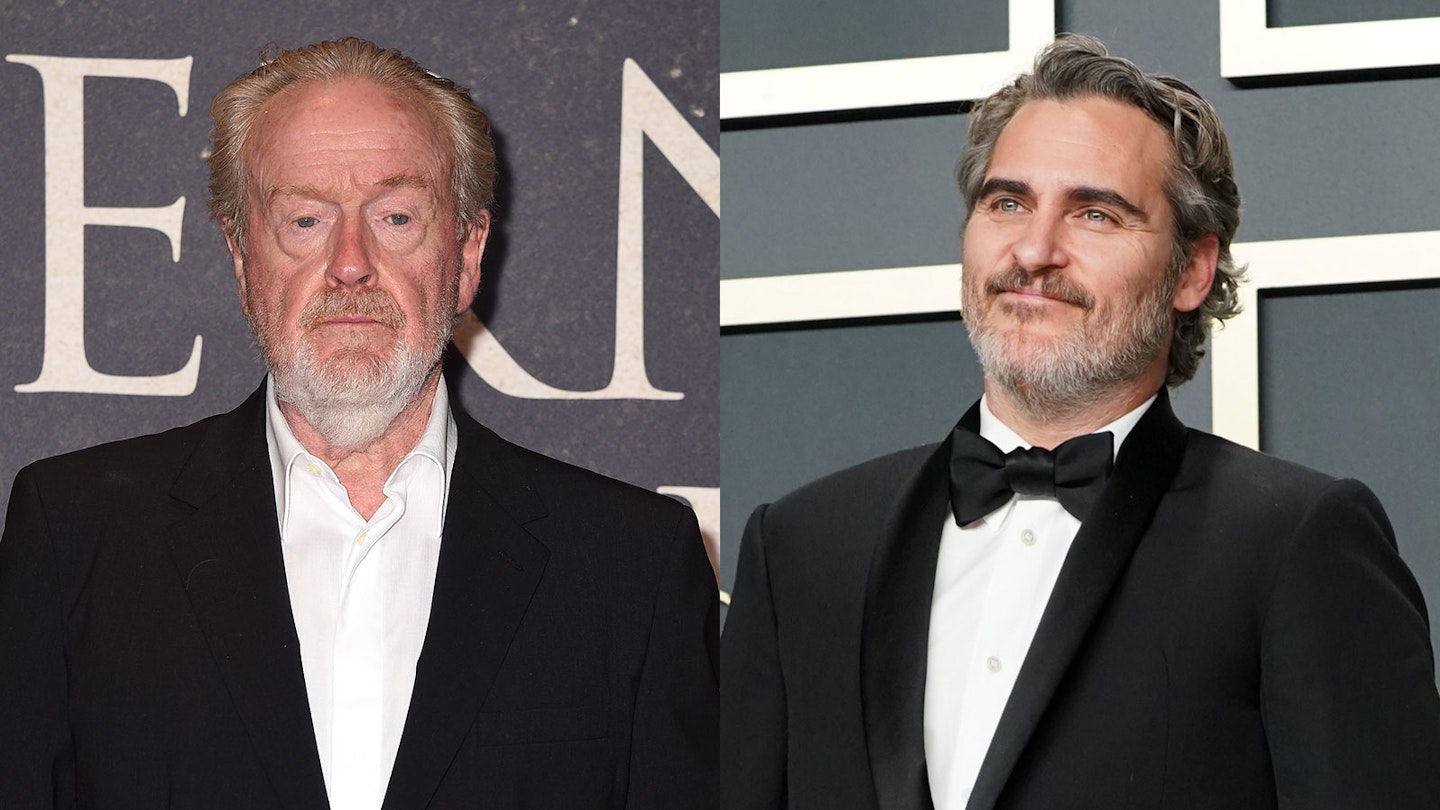Having followed his Impressionist masterpiece, La Roue, with slapstick genius Max Linder's last French film, Au Secours!, Abel Gance began researching what he envisaged would be a six-part biography of Napoleon Bonaparte. Accepting French, German and Russian coin (in a vague pan-European riposte to the growing dominance of Hollywood), Gance and his vast cast and crew worked from January 1925 to August 1926 on footage that took him and the scandalously overlooked Marguerite Beaugé seven months to assemble.
However, neither the four-hour premiere print nor the six-hour official cut were seen by more than a handful of audiences, as few venues could accommodate Napoléon vu par Abel Gance's unique technical demands and, moreover, the advent of Talkies seriously undercut its novelty value.
Many critics have denounced the epic's political naivete, barnstorming melodramatics, cheap sentimentality and clumsy attempts at humour. Some even accused it of encouraging dictatorial fascism. But, for all its bombastic patriotism and unquestioning hagiography, this is still an exceptional work of art.
Gance's use of subjective camera was almost recklessly ambitious in its bid to give the spectator the most visceral viewing sensation, while his skill in blending and multiplying images (one superimposition contained 16 separate shots, while the Brienne pillow fight divides the screen into nine segments) was unprecedented. The metaphorical intercutting of Bonaparte's sea crossing with tempestuous events in the Convention was also highly sophisticated and the picture would have included colour and 3-D interludes had Gance not decided against them as an unnecessary distraction. However, it did boast three Polyvision sequences, in which the screen became a giant triptych for the Bal des Victimes, the Italian triumph and the presentation of a hand-tinted Tricoloeur.
Much has been made by prudish academics of Francis Ford Coppola and Kevin Brownlow bowdlerising Gance's vision by screening restorations. But while they may not exactly replicate Gance's intentions, they are infinitely preferable to the director's own 1934 sound version and his 1971 compilation, Bonaparte et la Revolution. Indeed, Brownlow's second edit, again with a score by Carl Davis, represents a magnificent archival achievement and an unforgettable cinematic experience.


